Examining over 100 years of flight automation and the history of the autopilot
Aerotime
APRIL 3, 2025
Largely gone are the days when pilots had to manually control their aircraft from engine start-up to shut down by keeping their hands rigidly fixed on the controls at all times. As a result, the first autopilot was developed to introduce an element of control on the trajectory of airplanes. What is an autopilot?

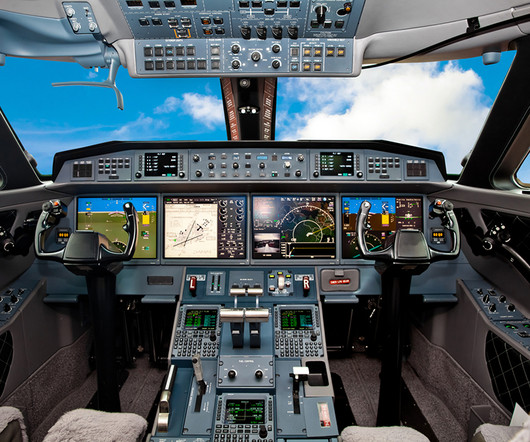
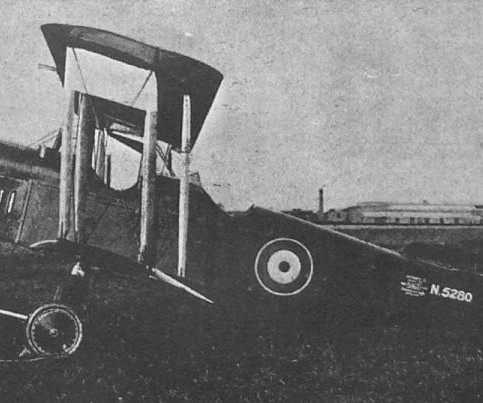
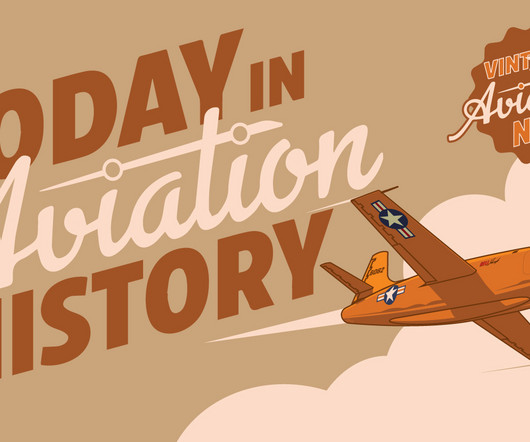


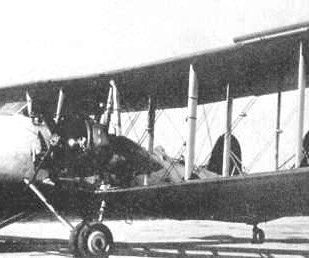



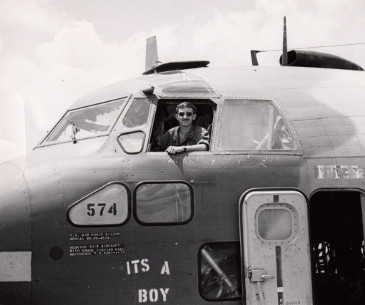
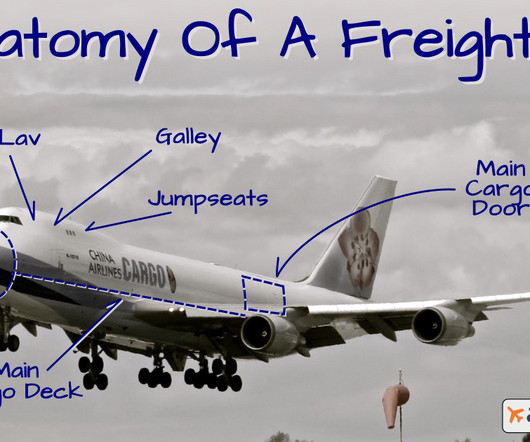






Let's personalize your content